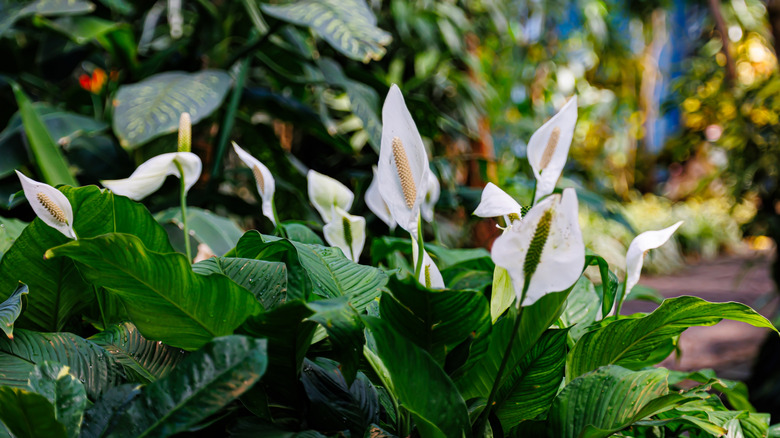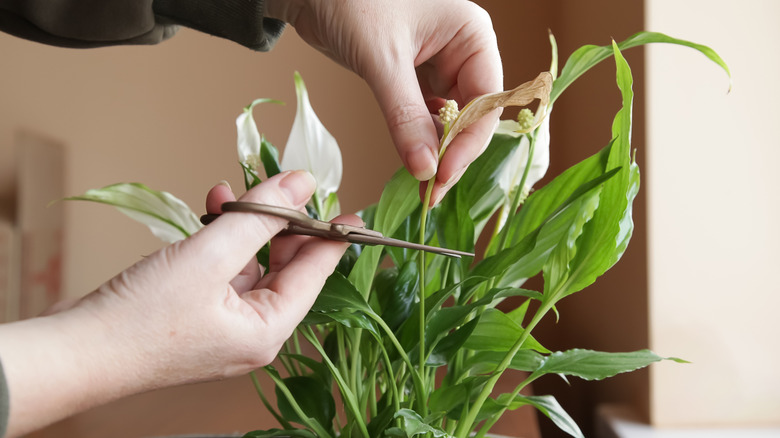Don't Panic If Your Peace Lily Grows Brown Flowers: What It Really Means
You know that one friend who radiates calm whenever they're around? That's your peace lily. The deep green leaves and striking white blooms make it hard not to fall in love with it. Native to the tropical rainforests of South and Central America, peace lilies tend to thrive in the soft shade. Indoors, they carry the same grace, complementing any space they inhabit. Besides aesthetics, people prefer growing them because they purify the air by absorbing toxins and giving back clean breaths of oxygen. They've earned their name, really. But even the most peaceful plants have their moments of change. If you've recently noticed the once-white flowers of your indoor peace lily turning brown, know that it isn't a cry for help. It just means the plant is undergoing its natural cycle and gracefully aging like everything else that lives and blooms.
Anyone who's tended a rose has probably seen its petals curling and falling once their prime has passed. Sunflowers, too, droop once they've given all their light to the season. The peace lily is no different. It's only following the rule of nature: what blooms must one day fade. When they're at the end of the flowering phase, their bright white flowers take on a delicate cream hue. Then gradually they turn brown before slipping away entirely. You do not have to see this transformation as a loss because it isn't. Consider it a closure instead. Just as a sunset folds into night, it's your plant's way of signaling rest.
Take care of your aging peace lily with these tips
Caring for an aging peace lily plant requires gentle attention. Start by keeping an eye on your plant like you would a dear friend. Notice when its flowers begin to change their color. Once you spot those brown blooms, give them a graceful send-off. Snip them at the base, that is. This keeps the plant looking fresh. Plus, it allows it to focus energy on its vibrant green leaves instead of holding onto the past.
Further, moisture is key. But you don't have to overdo it, of course. Peace lilies love damp soil that breathes. You don't want it to be too soggy because it may end up suffocating the roots. Also, the water you use matters more than you think. Generally, tap water can introduce minerals that slowly edge your leaves toward brown tips. It's therefore best to provide your peace lily with filtered or rainwater.
If you are giving your plant the right type and amount of water and you still see the flowers fading faster than usual, consider refreshing the soil. Peace lilies do well in nutrient-rich soil, so a little transplant love can make them perk right up. It's actually recommended that you repot them every year-and-a-half or so. Last but not least, to keep your peace lily from browning prematurely, make sure your plant isn't exposed to sunlight more than it needs. Generally, they require less than three hours of direct and six hours of indirect sunlight.

